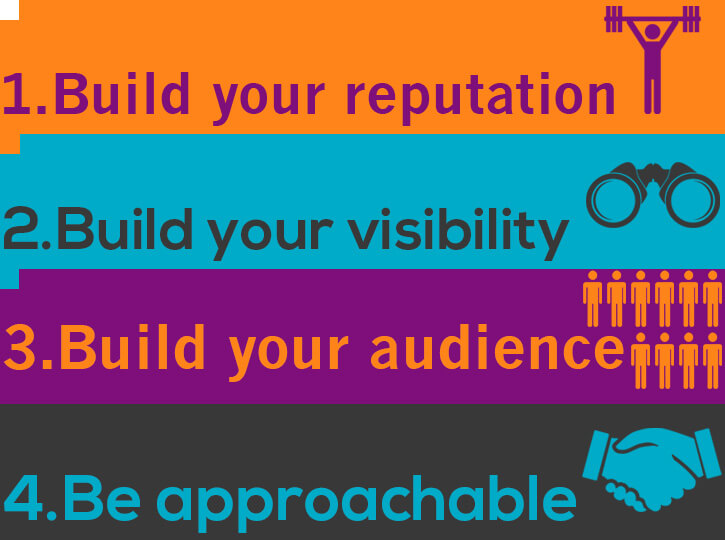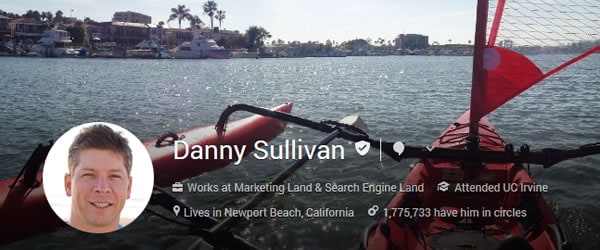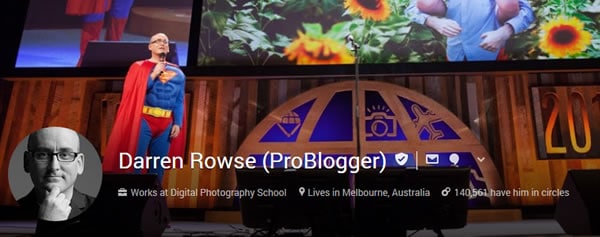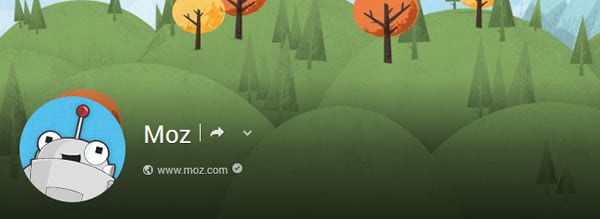Your First Steps In Content Marketing
New to content marketing and not sure where to begin? Columnist Eric Enge provides a helpful outline for SEOs (or anyone) looking to start incorporating this crucial digital marketing tactic.

Any successful SEO strategy still requires a promotional component — something that builds your business’ reputation and visibility while also netting you links to your website. Yet, we still live in a world where most businesses don’t truly engage in content marketing. In today’s post, I am going to outline how you can get started with such a campaign.
Whether you are in a large enterprise or a small business, it can be difficult to launch a large-scale campaign. While the enterprise has a larger overall marketing budget, the money in that budget is tightly allocated and is likely already spoken for. Pulling a big pile of dollars out to spin up a major content marketing effort is just not going to happen overnight.
The big advantage that a small business has is that once the decision to pursue content marketing is made, making it a priority is quite a bit easier. However, the total number of dollars in the budget is probably still limited.
In either scenario, it’s inevitable that the great majority of businesses will need to start slowly. With that in mind, let’s take a look at the first few priorities in getting going with a content marketing campaign that also has a major impact on SEO.
Your Top 4 Priorities
When pursuing content marketing to support your SEO needs, just be aware that directly chasing links with it can turn into a big “uh-oh.” This often leads to the type of behavior that caused Googler John Mueller to say this about link building: “In general, I’d try to avoid that.”
To be fair, a lot of what is driving John’s response is the pursuit of links for links sake. Let’s back up, and instead look at the key priorities you can set for yourself so that your content marketing will head in the right direction. Here are your top four:
- Build Your Reputation. When people think about your brand, you want them thinking good thoughts. You can use content marketing to help build that image on your behalf.
- Build Your Visibility. Content marketing can help build your visibility in many ways. The basic concept is to create content that people are going to want to share with others (via social media and other means), and this gets you exposure to new people.
- Build Your Audience. As I discuss below, there are many ways to build your reputation and visibility by publishing content on other platforms (other people’s websites and social media, for example). In the long run, though, this is rented real estate. You need to build your own set of fans who will look for your content wherever you may end up publishing it.Audience growth is incredibly important, as your audience will help you gain exposure to more and more new audiences. Every time you post and share you will get a ripple effect like this one:

- Be Approachable. Reputation, visibility, and audience are all great, but you also need to be perceived as approachable. You can have thousands, or millions, of raving fans, but if they are afraid to engage with you, it will limit the business benefit of what you have accomplished. Make sure you engage with others — influencers and non-influencers — so the audience at large understands that you are not sitting in some ivory tower.
Getting these four parts of your strategy right is essential. Over the long run, it’s what will lead to the best quality links with the least possible risk. It’s one of those odd things that sometimes happens in life — the less you focus directly on what you want (in this case, high-value links), the more of them you will get.

Guest Posting Is A Great Place To Start
As I laid out earlier, new content marketing campaigns don’t materialize out of thin air suddenly staffed with five full-time people. Inevitably, you will be given limited resources and asked to prove its value (and to prove your ability to execute it).
Getting started with a simple guest posting campaign may be the best way to get off the ground. To me, this means establishing one or two monthly columns on some of the top sites that cover your market (and that reach your target audience). Note the emphasis on columns here.
Writing a column on a high authority site that reaches your target audience is a great way to start working on the four priorities I outlined above. It enables you to build your reputation by publishing content that helps solve problems for others. Your visibility increases for the simple reason that you are being given a platform on someone else’s website — in front of their audience.
This content can build your audience because some of the people on that third-party website will hunger for more from you. This is the first step in them becoming your audience. This graphic gives you some idea how guest posting in the right places leads to growing your audience:

Finally, provided that you respond to comments and questions about your content, it causes people to see you as being approachable, too.
Note: Yes, I know that Matt Cutts said to “stick a fork” in guest blogging for SEO — but. per our top four priorities, that’s not what we are doing here. Remember our focus: Reputation, Visibility, Audience, and Approachability.
Social Media Visibility Is A Great Place To Start, Too
The other easy place to get engaged early on is with social media. Like guest posting, this is not going to immediately cause money to come pouring into your business, but it will help you get started on each of your top four priorities.
As with guest columns, you need to focus on using social media to help people, not simply turn it into a broadcast medium where you spout your old-world marketing messages. This will help grow your reputation, visibility, and audience all at once. Here is a visual for how social media helps you develop your own audience:

Provided that you respond to comments and interact with others via social media, it will show people that you are approachable as well.
Beyond Guest Posting and Social Media
Guest posting and social media are a great start because they give you exposure to other people’s audiences (OPA). In other words, you are going where the crowds of your prospective customers and future fans are already present. You’re publishing your content in front of that audience, helping solve problems for them, and starting the process of building your own audience.
But these are rented audiences. As we have seen with Facebook, when their need to generate revenue became paramount, they started taking organic visibility away from brands to drive traffic into their ad platform. Other social media platforms have begun to follow suit. Even that guest column could potentially be taken away from you in the future.
For that reason, it’s important to evolve into other types of content marketing campaigns and work on building an audience directly on your site. This is the key shift from addressing OPA to addressing your own audience.
A detailed description of how to do that is beyond the scope of this particular post, but if you have done your job well with guest columns and social media, you will have established a strong foundation that you can use to bring your campaigns to the next level.
Some opinions expressed in this article may be those of a guest author and not necessarily Search Engine Land. Staff authors are listed here.













